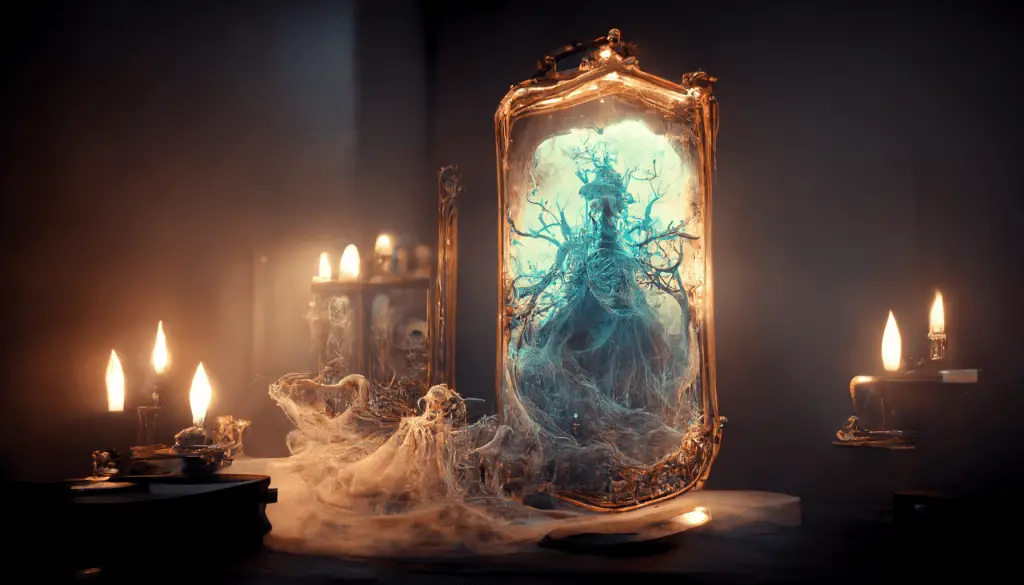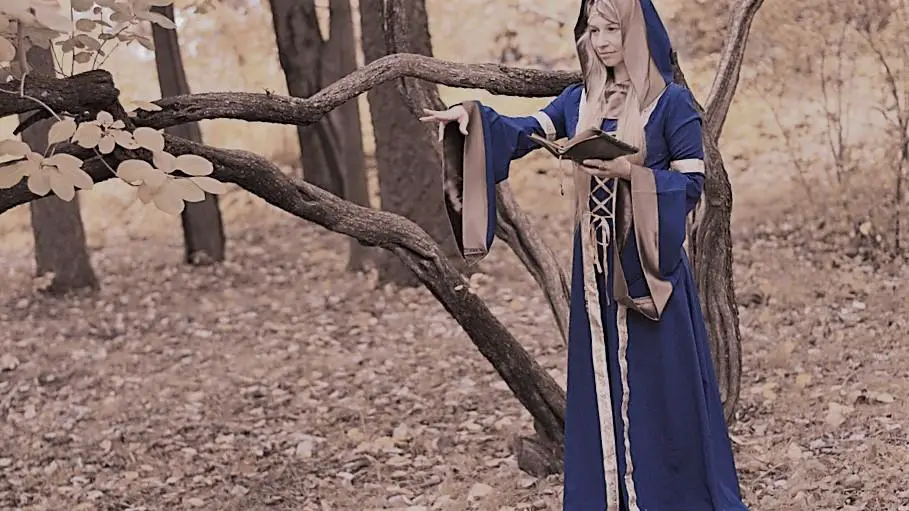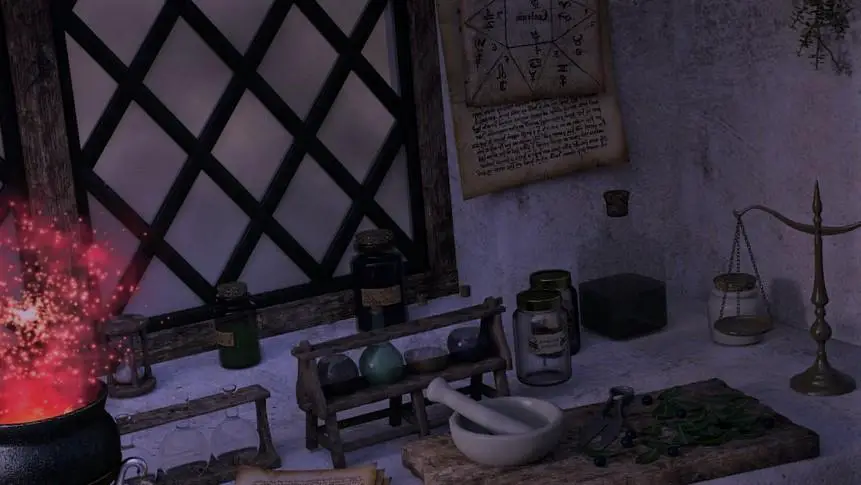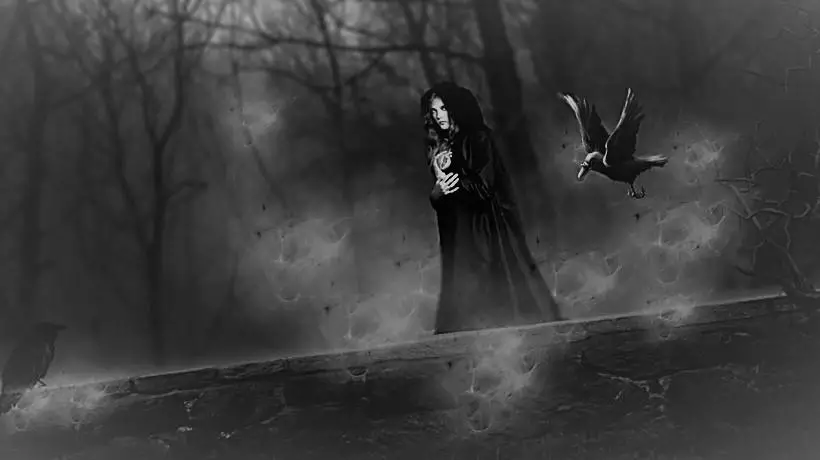Share the Lore!
By: Alex Postrado
The History of Witches and Witchcraft
I know 一 the word “villainess” does not even cover half the narrative of witches.
And the most basic reason for that is that not every person accused of witchcraft was female.
But, more interestingly, the deeper reason why that word doesn’t fit is that technically 一 and historically 一 witches weren’t the actual “villains” of the story.
Instead, they were the victims 一 victims we were taught to fear.
While this revelation could be a shocker for some, many people 一 especially, young women 一 from today are now beginning to learn about the truth behind the folkloric “evil witch” concept.
How some innocent, ancient outcasts 一 often women healers and midwives 一 became the face of modern-day Halloween 一 treated more as malicious, fictional cartoon figures rather than real and once-living people, tortured and killed even for some of the most baseless accusations.
From the witch craze in olden-time Europe to the 17th-century trials in the New World, there is simply no denying that the word “witch” became 一 and, to an extent, continues to be 一 somewhat synonymous with the words “transgression” and “sin“.
That is despite the history and roots of witchcraft pointing to other societal evils that were far darker than the witches, themselves.

Silvia Federici noted in her book, Witches, Witch-Hunting, and Women, that no “day of memory” has been introduced “in any European calendar” to commemorate the cruel deaths of people accused of practicing witchcraft.
But, as consumers of tales, films, art, and general media 一 where witches are constantly portrayed as she-devils of some sort 一 we are responsible for knowing their side of the story.
The side that has long been misunderstood in both folklore and real life.
MALLEUS MALEFICARUM
What does the traditional witch look like?
An ugly, old hag with warts on her nose and a ragged, pointy hat?
Nope. That is a stereotype we have all been programmed to accept.
Unfortunately, witches have been portrayed in harmful ways similar to this many times throughout history.
Just by fitting in with any of the witch stereotypes, hundreds of likely innocent people were persecuted over the years. And the numbers only continued to surge when the Malleus Maleficarum entered the scene.
The Malleus Maleficarum was the magnum opus of two German Dominicans: Heinrich Kramer and Johann Sprenger.
First published in 1486, it was “the compendium of literature in demonology of the 15th century“.
In other terms, a handbook about demons and other beings that supposedly do the Devil’s work.
As the people of earlier centuries continued to search for someone to blame for every mysterious mishap, the Malleus Maleficarum provided an answer: witches!
In the work, any form of sorcery or witchcraft was labeled as heresy and treated as a criminal offense that calls for the secular courts to prosecute anyone who was deemed guilty.
There were three major points in witchcraft mentioned in the treatise:
“The evil intentions of the witch, the help of the Devil, and the permission of God.”
Moreover, witches were also accused of having sexual relations with demons 一 the incubi and the succubi 一 as well as committing infanticide and cannibalism, among other things.
Ultimately, the book 一 also called “The Hammer of Witches” 一 served as a guide on how to “identify, hunt, and interrogate witches”.
It recommended, not only torture to the accused but also deception in order to get the confession that would hasten the trials of the suspected witches.
Despite being once described as one of the most despised books of all time, the Malleus Maleficarum rapidly became the vade mecum for Christians trying to root out the witches that supposedly live among them.
And for over 100 years, Kramer and Sprenger’s masterpiece was the best-selling literary work in Europe behind the Bible 一 spurring a handful of analyses in the process, alongside arguments, inquiries, and even a witch hysteria that persisted well into the next couple of centuries.

The Origin of the Witch’s Narrative
If there is anything constant across the whole Malleus Maleficarum, it is its treatment and ideas about women.
The treatise points out how women are more apt to become witches because they are “defective in all the powers of both soul and body”.
Additionally, girls 一 being the weaker sex 一 have weaker faith. Thus, they are more susceptible to the biddings and the temptations of the Devil.
When the Malleus Maleficarum swept Medieval Europe, women who showed signs of feistiness or straight up refused to follow the proper female decorum were accused of being witches.
Of course, there were also men suspected of practicing magic, but their presumed motives were different. Instead of giving in to lust and their carnal desires 一 like how women were said to get caught up in witchcraft 一 men allegedly do it in pursuit of power.
Nevertheless, this resulted in many of them 一 women and men, alike 一 being executed, typically, by being burned at the stake or by hanging.
While the Malleus Maleficarum may have been a strong catalyst for the rage of the witch mania in Europe, it was actually not what started the craze.
The onset actually happened in the late 1300s to the 1400s and rippled right through 17th century Europe.
At the time, those accused of communing with the Devil through “magic” were 一 from time to time 一 mercilessly tortured. Just a century later, witch hunts were already the norm!
The 1600s marked the peak of witch hunts and trials. And by the middle of it, over 80,000 accused witches were already put to death in Europe alone.
Once again, the Hammer of Witches played a huge role in this 一 causing the executions of even more women, many of whom belonged to the marginalized.
So much so that out of all the suspected witches killed, 80% were female!
In Europe, Germany was the most notorious in terms of witch executions in history. Ireland, on the contrary, had the lowest rate of “witch deaths”.
Soon, the hysteria reached the New World, and Windsor, Connecticut was the first to succumb to the panic. And in 1647, Alse Young became the first person in the U.S. to be executed for witchcraft charges.
About 50 years later, it was Massachusetts’ turn to host what would become the most famous witch trials in all of America: the Salem witch trials.
It started with two kids suffering from fits, then escalated to them, finger-pointing at some innocent ladies to blame for their contortions.
Nowadays though, people explain the children’s distress as spasms and delusions caused by fungus poisoning.
But, the already tense atmosphere of 1692 一 as the U.S. reeled from foreign and Native American wars 一 along with the cases of fits, was apparently enough to throw the people of Salem into a mass hysteria that would kick off the trials of nearly 150 innocent people and the murders of 18 alleged witches.
Women and Witchcraft
In 1972, award-winning columnist and author Barbara Ehrenreich, together with veteran editor and writer Deirdre English, published a book, titled Witches, Midwives, and Nurses: A History of Women Healers.
In it, they tackled how ancient wise women who “served their communities as midwives, nurses, pharmacists, and abortionists” were turned into witches by men that aimed to dominate the medical industry.

They noted how the “witch-healer’s methods” used to be the “magic” that cured sickness.
It was “the science of her time” and when clerics and other male medical authorities began wanting to become the experts in the field, they painted these healing women as evil 一 pagans who employ the aid of the Devil in order to do their job.
Thus, a considerable number of ladies accused of practicing witchcraft were skilled in the healing arts.
Take, for example, the Voodoo Queen, Marie Laveau.
A strong presence in the New Orleans scene since the late 1700s, Laveau was a well-regarded Voodoo priestess, as well as a renowned herbalist and midwife.
She was said to have helped and healed the poor, contributing to her massive following into the years leading to her death. But, the same notability that gave her the command also earned her the title of being a “witch“.
Still, knowledge in healing wasn’t the only thing that could cause someone 一 back in the day 一 to be accused of witchcraft.
Ursula Southeil 一 otherwise known as Mother Shipton 一 was also both highly respected and feared due to her “power” to see into the future.
Born in 1488 to a woman who was also suspected of being a witch, Shipton grew to be the clairvoyant that would 一 as believed 一 predict the Great Plague of London, the death of Mary Queen of Scots, the defeat of the Spanish Armada, and even the internet 一 among other things.
But, to almost any pious person of the Middle Ages, getting a glimpse of what could 一 or would 一 happen next also kind of sounds like the work of the Devil.
Thoughts like this are what fed the witch hysteria worldwide 一 especially in Europe.
As humans, we have an innate fear of things we don’t understand. Yet, at the same time, we also have the intrinsic wanting to get some answers.
Designating something or someone to fill in the blanks 一 in this case, the witches 一 certainly helps us cope. But, if we are to think more sensibly about it, at what cost?
At the lives of wise women who were only trying to help their communities in the “magical” ways that they know how?
The lives of the marginalized matriarchal figures who we think are “too scary” just because they look or act a little different?
The lives of self-assured women who refuse to bow down to the sexist standards we shut our eyes to?
Or the lives of the innocent 一 the women, children, and men?
It is one thing to think that God and the Devil always have a hand at everything that is happening 一 no matter how trivial.
And it is another to blame someone 一 more so, to persecute them 一 for being the vessel to make those things happen.
So, if there is something to learn from the endless list of faultless names killed for “being a witch“, it is that the witches we fear are actually nothing but the caricature of our societal anxieties.
More specifically, our deeply-rooted “misogynistic fears and fantasies” about female agency and the dangers of female power.
The harsh truth is, burning thousands of people back in the day did not end those fears. In fact, we still have them today.
And as witch hunts continue to persist in some parts of the world, it is now our responsibility to tell this dark story and respect the dead.
To share the origin of witches and to learn from it in hopes that those unfortunate deaths would never happen again.
References:
History Of Witches Where Do Witches Come From? History Of Witches And Witchcraft A Brief History Of The Salem Witch Trials Warts And All: Learn The Fascinating History Of Witchcraft And Reproductive Health Malleus Maleficarum
